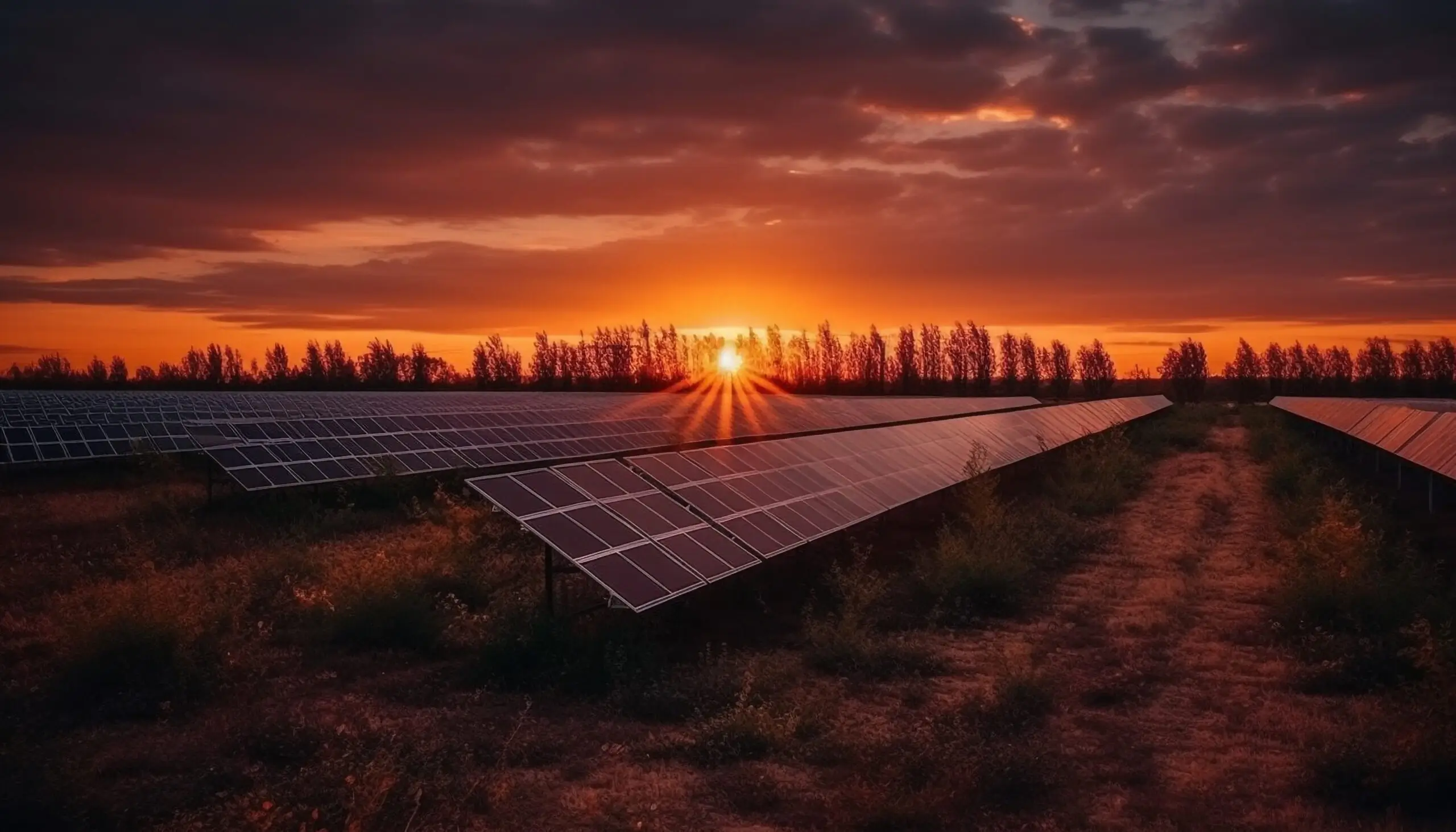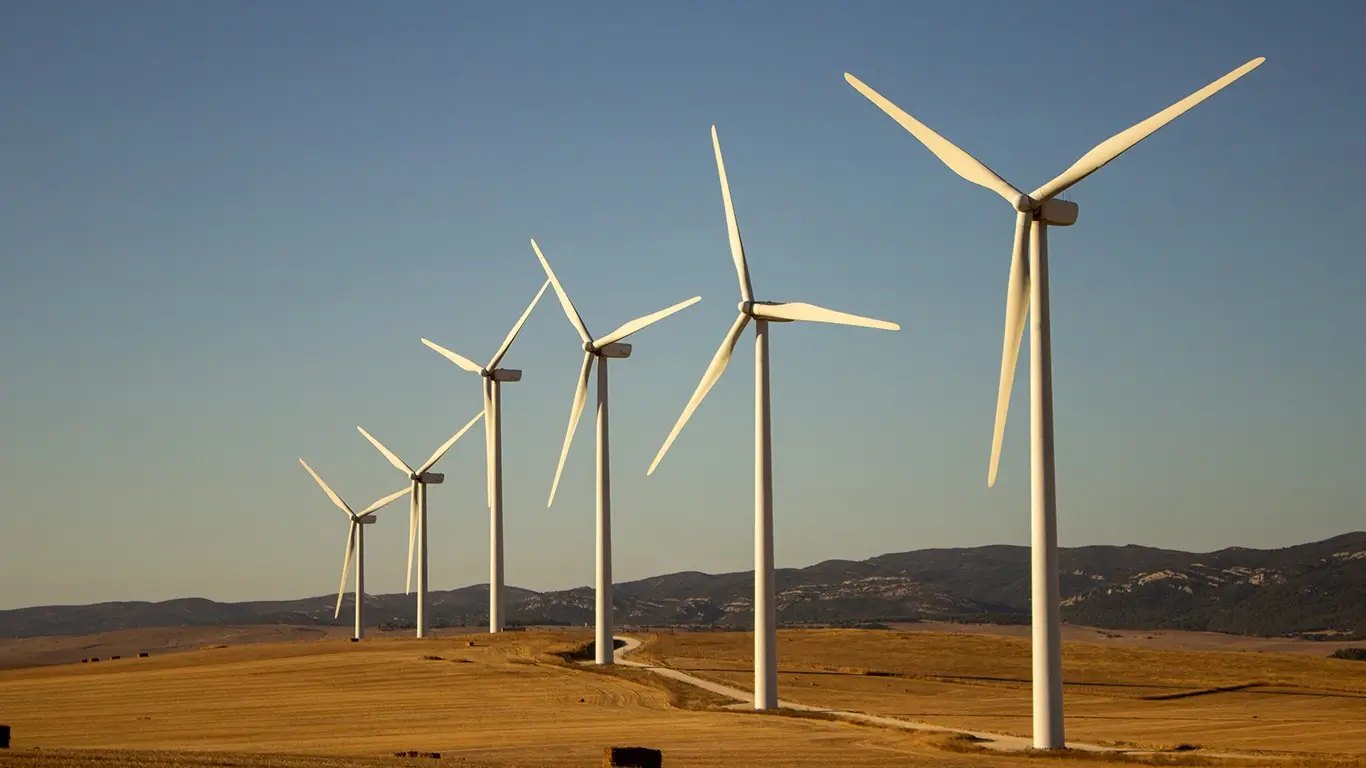With abundant sunshine, strong desert winds, and vast open landscapes, Egypt is rapidly transforming its energy sector by embracing renewable energy. The nation’s strategic commitment to sustainable power generation reflects its ambition to reduce dependency on fossil fuels, combat climate change, and meet the energy needs of a growing population. In this article, we explore Egypt’s journey, achievements, and future plans in developing renewable energy in Egypt, particularly in solar and wind power.
Egypt’s Commitment to Renewable Energy
Egypt’s commitment to clean energy dates back to 2008, when the government launched the Renewable Energy Program to diversify the energy mix. The goal was to promote sustainable power generation and attract both local and international investment. The country’s New and Renewable Energy Authority (NREA) was established to coordinate efforts and oversee major projects.
Over the years, Egypt has set ambitious national targets — producing 20% of its electricity from renewable sources by 2022 and an impressive 42% by 2035. This long-term plan aligns with Egypt’s Vision 2030 strategy, which prioritizes environmental sustainability and economic diversification.
Solar Energy in Egypt: A Bright Future
With over 3,000 hours of sunshine per year, solar energy in Egypt represents one of the country’s strongest renewable assets. The flagship project leading this transformation is the Benban Solar Park, located near Aswan in Upper Egypt. Spanning more than 37 square kilometers, Benban is considered one of the largest solar parks in the world, with a planned capacity of 1.8 gigawatts (GW).
This massive project not only strengthens Egypt’s energy independence but also contributes to its environmental goals — reducing carbon emissions by nearly 2 million tons annually. Alongside Benban, several smaller solar installations are being developed in regions such as Kom Ombo, Hurghada, and Sohag, helping expand the nation’s solar power capacity and energy accessibility.
Wind Energy Revolution Along the Red Sea
Egypt’s geographical position makes it a wind energy hotspot, particularly along the Gulf of Suez and the Red Sea coast. Average wind speeds in these regions range between 8–10 meters per second, making them ideal for large-scale wind farms.
Key projects include the Zafarana Wind Farm, with a capacity exceeding 550 MW, and the Gulf of Suez Wind Farm, supported by international partnerships with Japan, Spain, and Germany. These projects are part of Egypt’s broader strategy to achieve 5 GW of wind power capacity by 2030, placing the country among the leading renewable energy producers in the Middle East and North Africa (MENA) region.

Overcoming Challenges in Egypt’s Renewable Energy Transition
Despite its remarkable progress, renewable energy development in Egypt still faces several challenges. Securing financing for large-scale projects remains a major obstacle, as does upgrading the national grid to accommodate diverse renewable sources. In addition, regulatory updates and private-sector incentives are essential to maintain investor confidence.
The Egyptian government, however, continues to take proactive measures to overcome these barriers. Initiatives such as feed-in tariffs, public-private partnerships, and international collaborations have encouraged continuous investment. Organizations like the European Bank for Reconstruction and Development (EBRD) and the World Bank have also played crucial roles in supporting Egypt’s renewable energy transition.
Future Prospects: Toward a Sustainable Egypt
Looking ahead, Egypt’s renewable energy future is full of potential. The government’s clear strategy, combined with ongoing global interest, positions Egypt as a regional leader in green energy. Future projects aim to integrate solar and wind energy with green hydrogen production, turning the country into a hub for clean energy exports across Africa, the Middle East, and Europe.
Moreover, renewable energy initiatives are expected to create thousands of new jobs, attract foreign investment, and enhance energy security — all while promoting a low-carbon, sustainable economy.
Conclusion
Egypt’s renewable energy journey is a story of ambition and resilience. From the groundbreaking Benban Solar Park to the expansive wind farms along the Red Sea, the nation is steadily reducing its carbon footprint and paving the way for a cleaner, more sustainable future.
With continued focus on solar energy, wind power, and supportive policies through the NREA, Egypt’s renewable energy goals for 2035 are not only achievable — they are shaping the country’s role as a global model for sustainable development.




